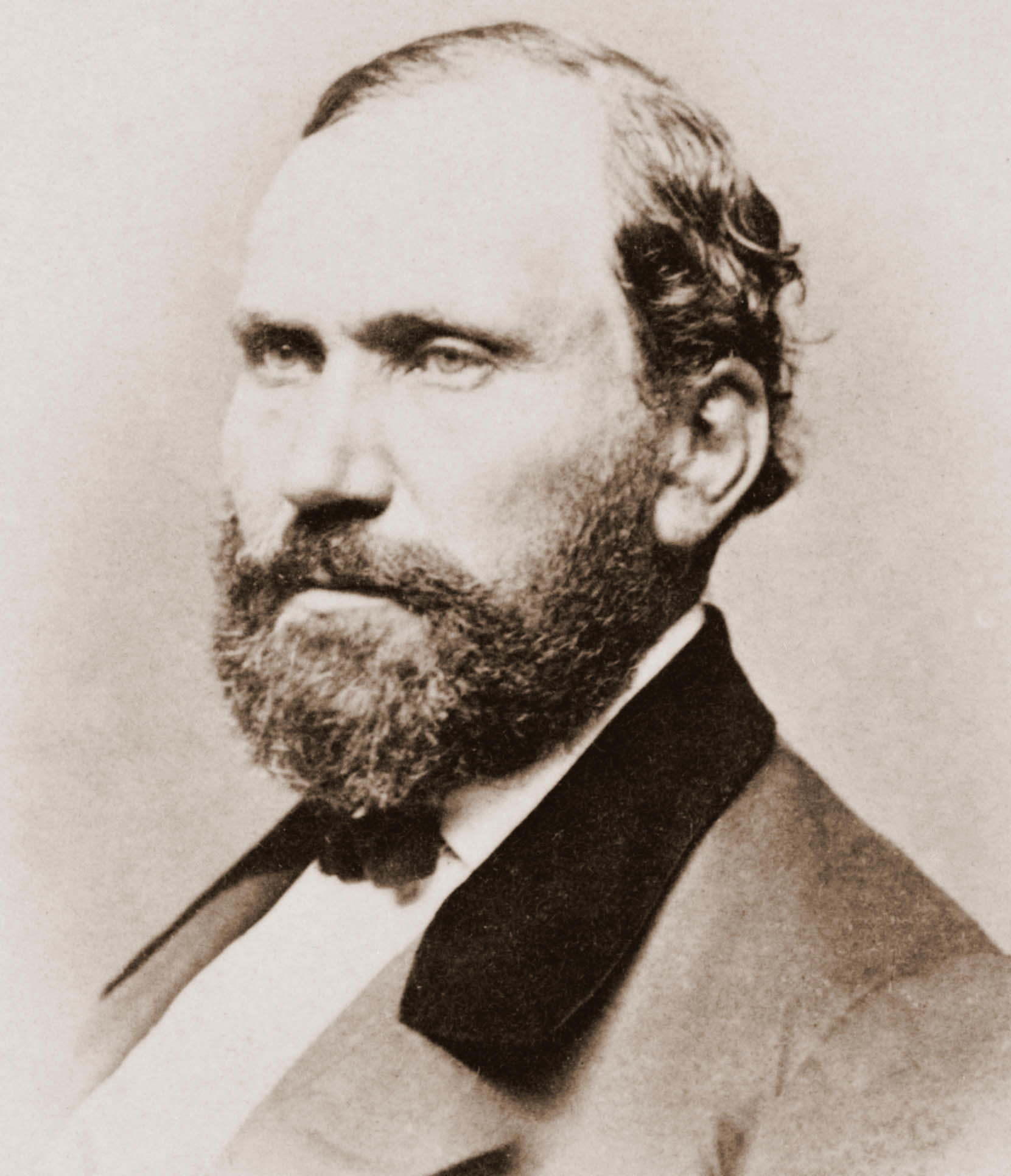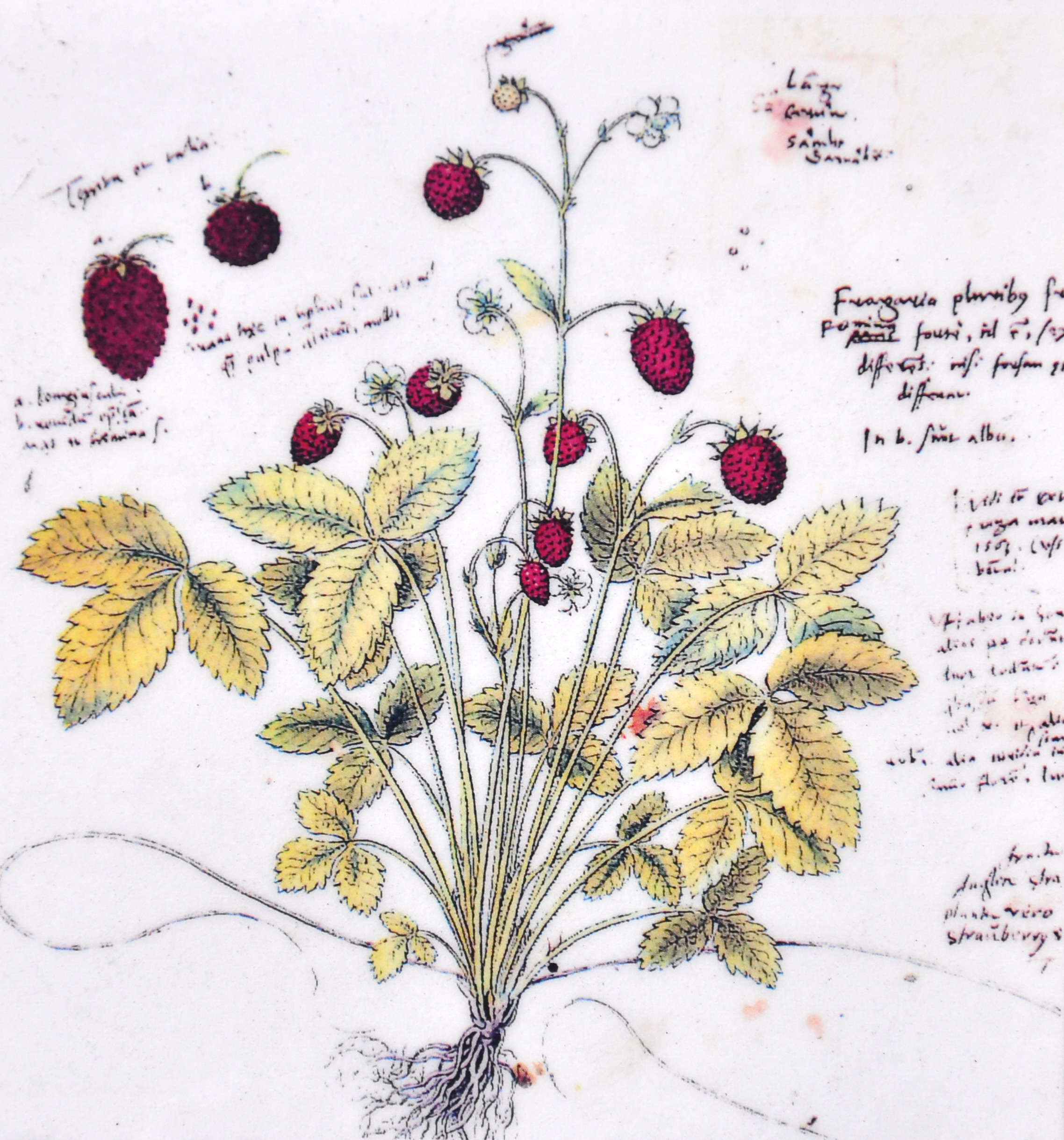|
Sleuth Hound
The sleuth hound (, from Old Norse ''slóð'' "track, trail" + hound) was a breed of dog. Broadly, it was a Scottish term for what in England was called the Bloodhound, although it seems that there were slight differences between them. It was also referred to as a 'slough dog', (or 'slewe dogge'), and a 'slow hound', the first word probably representing a mispronunciation of 'slough' rather than a reference to the speed of the hound. The sleuth hound first appears in poems about the Scottish patriots Robert the Bruce and William Wallace. These poems depict their heroes tracked by sleuth hounds. Bruce escapes by crossing water, and Wallace by killing one of his party, whom he suspects of treachery, and leaving the corpse to distract the hound. The poems are romances, not histories, but there is no implausibility about the use of sleuth hounds. John Barbour, who wrote ''The Bruce'', was born before his hero died, and the year in which the Bruce was supposedly pursued was 1307. Th ... [...More Info...] [...Related Items...] OR: [Wikipedia] [Google] [Baidu] |
Hameau Jouas Bloodhound , Elysée Palace, Paris, 1792, later an entertainment venue
{{disambiguation ...
''Hameau'' (pl. ''hameaux'') is the French word for hamlet (place), a small settlement. Hameau may also refer to: * Hameau (garden feature), imitation hamlets built for aristocrats in the 18th century ** Hameau de Chantilly, Château de Chantilly, 1774 ** Hameau de la Reine, Château de Versailles, 1783 (associated with Queen Marie-Antoinette) ** Hameau de Chantilly (Paris) The Hameau de Chantilly ('hamlet of Chantilly') in Paris, France, Paris was a group of cottages in the gardens of the Élysée Palace in Paris constructed by Bathilde d'Orléans, Bathilde d'Orléans, Duchess of Bourbon in 1787 in imitation of the H ... [...More Info...] [...Related Items...] OR: [Wikipedia] [Google] [Baidu] |
Hector Boece
Hector Boece (; also spelled Boyce or Boise; 1465–1536), known in Latin as Hector Boecius or Boethius, was a Scottish philosopher and historian, and the first Principal of King's College in Aberdeen, a predecessor of the University of Aberdeen. Biography He was born in Dundee where he attended school and was educated at the nearby University of St Andrews. Later he left to study at the University of Paris where he met Erasmus, with whom he became close friends while they were both students at the austere Collège de Montaigu, to whose reforming Master, Jan Standonck, Boece later became Secretary. By 1497 he had become a professor of philosophy at Collège de Montaigu. In 1500, he was induced to leave Paris for Aberdeen by a generously financed offer to become the first principal of the newly established University of Aberdeen, created at the behest of James IV by William Elphinstone, Bishop of Aberdeen under the authority of a Papal bull issued by Pope Alexander VI. ... [...More Info...] [...Related Items...] OR: [Wikipedia] [Google] [Baidu] |
Rache
Rache , also spelled racch, rach, and ratch, from Old English ''ræcc'', linked to Old Norse ''rakkí'', is an obsolete name for a type of hunting dog used in Great Britain in the Middle Ages. It was a scenthound used in a pack to run down and kill game, or bring it to bay. The word appears before the Norman Conquest. It was sometimes confused with 'brache', (also 'bratchet') which is a French derived word for a female scenthound. In medieval hunting in England and Northern Europe, pursuit of the hart or wild boar involved using a 'limer' or 'lyam hound' (a hound handled on a leash or 'lyam') to trace the animal from its footprints or droppings to where it was browsing or lying up. This became known as 'harbouring' the animal. When this had been done, the huntsman reported back to his lord, who then brought the pack of raches to chase it down on its hot scent when it had been unharboured, 'rowsed' or 'upreared'. Sometimes, pairs of raches were held at strategic points along where t ... [...More Info...] [...Related Items...] OR: [Wikipedia] [Google] [Baidu] |
Sleuth
Sleuth may refer to: *Detective *Sleuth, collective noun for a group of bears Computing *The Sleuth Kit, a collection of forensic analysis software *SLEUTH assembler language for the UNIVAC 1107 Entertainment and media *Cloo, formerly Sleuth, an American cable television channel owned by NBCUniversal *Sleuth (Disney) The Mickey Mouse universe is a fictional universe, fictional shared universe which is the setting for stories involving The Walt Disney Company, Disney cartoon characters Mickey Mouse, Mickey and Minnie Mouse, Pluto (Disney), Pluto, Goofy, and ..., a fictional Disney character * ''Sleuth'' (video game), a 1983 computer game Theatre and film * ''The Sleuth'' (1925 film), a silent era film featuring Stan Laurel * ''Sleuth'' (play), a 1970 play by Anthony Shaffer ** ''Sleuth'' (1972 film), a film adaptation of the Anthony Shaffer play, directed by Joseph L. Mankiewicz ** ''Sleuth'' (2007 film), a film adaptation of the Anthony Shaffer play, adapted by Harold Pin ... [...More Info...] [...Related Items...] OR: [Wikipedia] [Google] [Baidu] |
Detective
A detective is an investigator, usually a member of a law enforcement agency. They often collect information to solve crimes by talking to witnesses and informants, collecting physical evidence, or searching records in databases. This leads them to arrest criminals and enable them to be convicted in court. A detective may work for the police or privately. Overview Informally, and primarily in fiction, a detective is a licensed or unlicensed person who solves crimes, including historical crimes, by examining and evaluating clues and personal records in order to uncover the identity and/or whereabouts of criminals. In some police departments, a detective position is achieved by passing a written test after a person completes the requirements for being a police officer. In many other police systems, detectives are college graduates who join directly from civilian life without first serving as uniformed officers. Some argue that detectives do a completely different job and th ... [...More Info...] [...Related Items...] OR: [Wikipedia] [Google] [Baidu] |
Sir Walter Scott
Sir Walter Scott, 1st Baronet (15 August 1771 – 21 September 1832), was a Scottish novelist, poet, playwright and historian. Many of his works remain classics of European and Scottish literature, notably the novels '' Ivanhoe'', '' Rob Roy'', ''Waverley'', ''Old Mortality'', '' The Heart of Mid-Lothian'' and ''The Bride of Lammermoor'', and the narrative poems '' The Lady of the Lake'' and '' Marmion''. He had a major impact on European and American literature. As an advocate, judge and legal administrator by profession, he combined writing and editing with daily work as Clerk of Session and Sheriff-Depute of Selkirkshire. He was prominent in Edinburgh's Tory establishment, active in the Highland Society, long a president of the Royal Society of Edinburgh (1820–1832), and a vice president of the Society of Antiquaries of Scotland (1827–1829). His knowledge of history and literary facility equipped him to establish the historical novel genre as an exemplar of Europ ... [...More Info...] [...Related Items...] OR: [Wikipedia] [Google] [Baidu] |
Conrad Gesner
Conrad Gessner (; la, Conradus Gesnerus 26 March 1516 – 13 December 1565) was a Swiss physician, naturalist, bibliographer, and philologist. Born into a poor family in Zürich, Switzerland, his father and teachers quickly realised his talents and supported him through university, where he studied classical languages, theology and medicine. He became Zürich's city physician, but was able to spend much of his time on collecting, research and writing. Gessner compiled monumental works on bibliography (''Bibliotheca universalis'' 1545–1549) and zoology (''Historia animalium'' 1551–1558) and was working on a major botanical text at the time of his death from plague at the age of 49. He is regarded as the father of modern scientific bibliography, zoology and botany. He was frequently the first to describe species of plants or animals in Europe, such as the tulip in 1559. A number of plants and animals have been named after him. Life Conrad Gessner was born on 26 March 1516, ... [...More Info...] [...Related Items...] OR: [Wikipedia] [Google] [Baidu] |
John Caius
John Caius (born John Kays ; 6 October 1510 – 29 July 1573), also known as Johannes Caius and Ioannes Caius, was an English physician, and second founder of the present Gonville and Caius College, Cambridge. Biography Early years Caius was born in Norwich and was educated at Norwich School. In 1529, he was admitted as a student at what was then Gonville Hall, Cambridge, founded by Edmund Gonville in 1348, where he seems to have mainly studied divinity. After graduating in 1533, he visited Italy, where he studied under the celebrated Montanus and Vesalius at Padua. In 1541 he took his degree as a physician at the University of Padua. In 1543 he visited several parts of Italy, Germany and France and then returned to England. Upon his return from Italy he Latinised his surname, an action which although self-aggrandising, was somewhat fashionable at the time. Career Caius was a physician in London in 1547, and was admitted as a fellow of the College of Physicians, of which he ... [...More Info...] [...Related Items...] OR: [Wikipedia] [Google] [Baidu] |
Border Reivers
Border reivers were Cattle raiding, raiders along the Anglo-Scottish border from the late 13th century to the beginning of the 17th century. They included both Scotland, Scottish and England, English people, and they raided the entire border country without regard to their victims' nationality. Their heyday was in the last hundred years of their existence, during the time of the House of Stuart in the Kingdom of Scotland and the House of Tudor in the Kingdom of England. Background Scotland and England were frequently at war during the late Middle Ages. During these wars, the livelihood of the people on the Borders was devastated by the contending armies. Even when the countries were not formally at war, tension remained high, and royal authority in either or both kingdoms was often weak, particularly in remote locations. The difficulty and uncertainties of basic human survival meant that communities and/or people kindred to each other would seek security through group streng ... [...More Info...] [...Related Items...] OR: [Wikipedia] [Google] [Baidu] |
John Bellenden
John Bellenden or Ballantyne ( 1533–1587?) of Moray (why Moray, a lowland family) was a Scottish writer of the 16th century. Life He was born towards the close of the 15th century, and educated at St. Andrews and Paris. At the request of James V he translated Hector Boece's ''Historia Gentis Scotorum''. This translation, ''Croniklis of Scotland'' is a very free one, with a good deal of matter not in the original, so that it may be almost considered as a new work. It was published in 1536 in Edinburgh by Thomas Davidson. In 1533, Bellenden also translated the first five books of Livy's ''History of Rome''. These remain the earliest existing specimena of Scottish literary prose, and remarkable specimena they are, for the execution of which he enjoyed the Royal favour, and was made Archdeacon of Moray. Both the ''Croniklis'' and the ''Livy'' are prefaced by poems, the Proheme of the Chronicles, 'Quehen Silver Diane', being more often anthologised. Another work, the ''Banner ... [...More Info...] [...Related Items...] OR: [Wikipedia] [Google] [Baidu] |
Old Norse
Old Norse, Old Nordic, or Old Scandinavian, is a stage of development of North Germanic languages, North Germanic dialects before their final divergence into separate Nordic languages. Old Norse was spoken by inhabitants of Scandinavia and their Viking expansion, overseas settlements and chronologically coincides with the Viking Age, the Christianization of Scandinavia and the consolidation of Scandinavian kingdoms from about the 7th to the 15th centuries. The Proto-Norse language developed into Old Norse by the 8th century, and Old Norse began to develop into the modern North Germanic languages in the mid-to-late 14th century, ending the language phase known as Old Norse. These dates, however, are not absolute, since written Old Norse is found well into the 15th century. Old Norse was divided into three dialects: Old West Norse, ''Old West Norse'' or ''Old West Nordic'' (often referred to as ''Old Norse''), Old East Norse, ''Old East Norse'' or ''Old East Nordic'', and ''Ol ... [...More Info...] [...Related Items...] OR: [Wikipedia] [Google] [Baidu] |
The Actes And Deidis Of The Illustre And Vallyeant Campioun Schir William Wallace
''The Actes and Deidis of the Illustre and Vallyeant Campioun Schir William Wallace'' (Modern ), also known as ''The Wallace'', is a long "romantic biographical" poem by the fifteenth-century Scottish ''makar'' of the name Blind Harry, probably at some time in the decade before 1488. As the title suggests, it commemorates and eulogises the life and actions of the Scottish freedom fighter William Wallace who lived a century and a half earlier. The poem is historically inaccurate, and mentions several events that never happened. For several hundred years following its publication, ''The Wallace'' was the second most popular book in Scotland after the Bible. The earliest extant text is a copy made by John Ramsay, 1st Lord Bothwell in 1488, but that copy has no title page and last few pages are missing, with no mention of Blind Harry as its author. The first mention of Blind Harry as the work's author was made by John Mair in his 1521 work ''Historia Majoris Britanniae, tam Angliae ... [...More Info...] [...Related Items...] OR: [Wikipedia] [Google] [Baidu] |







.jpg)

